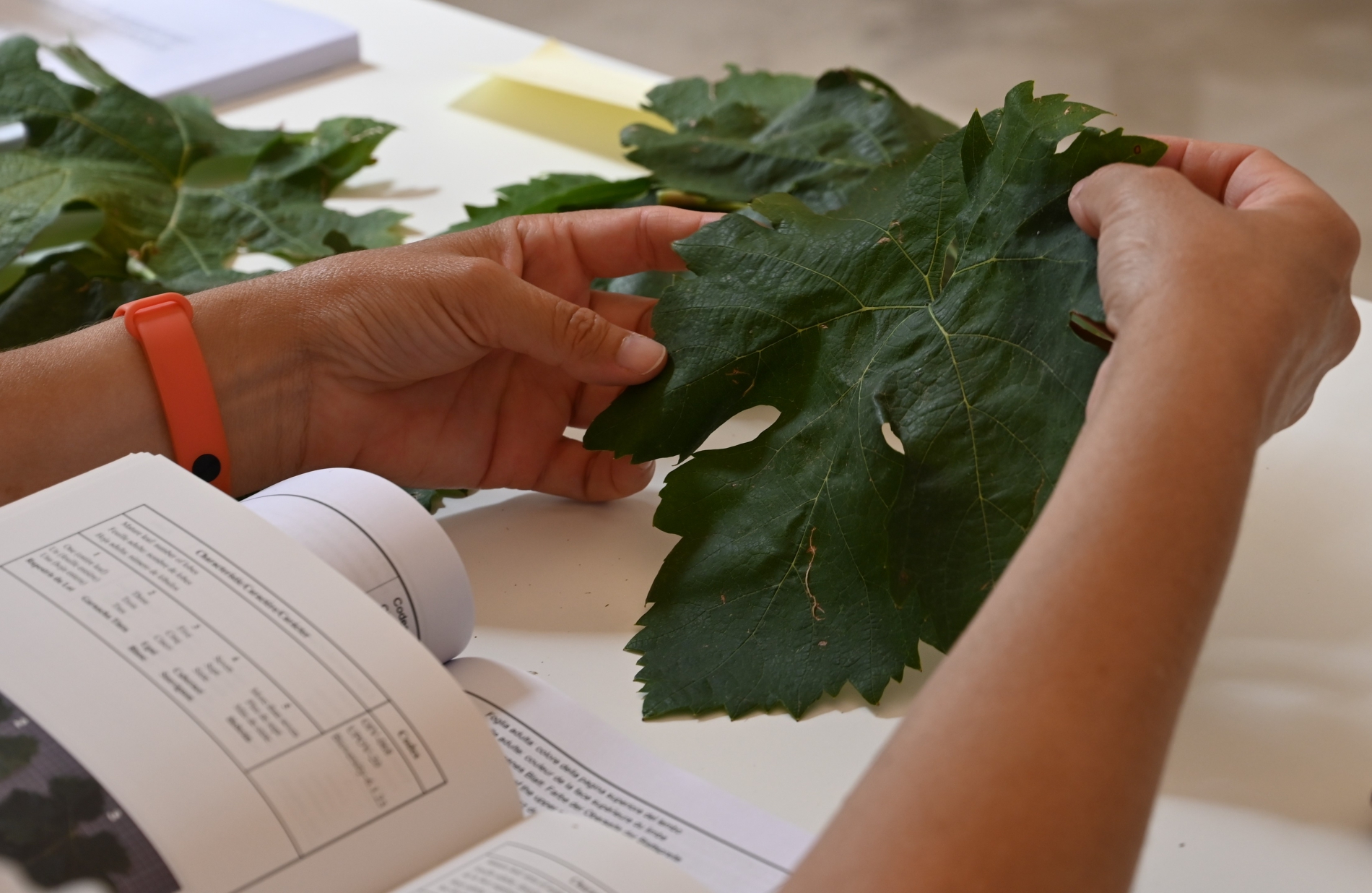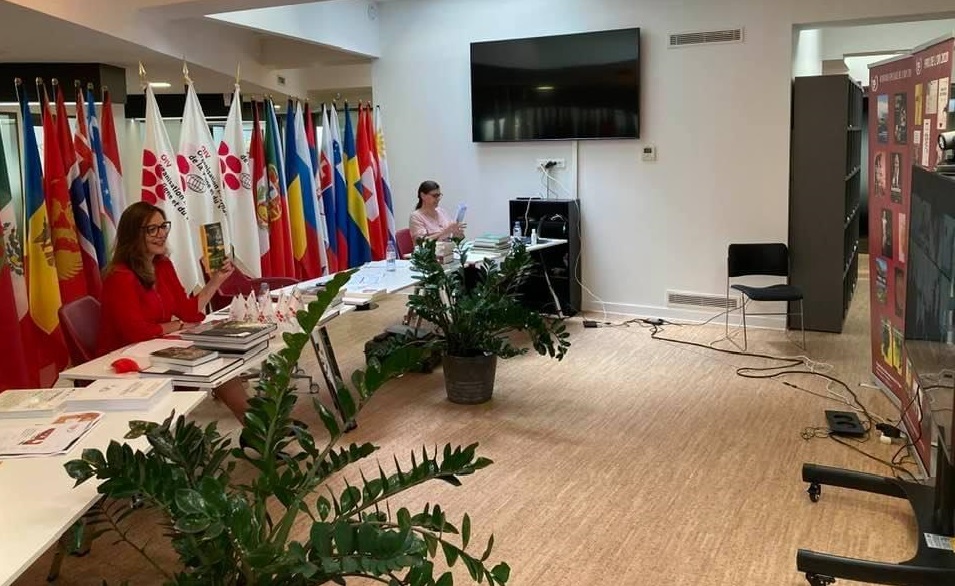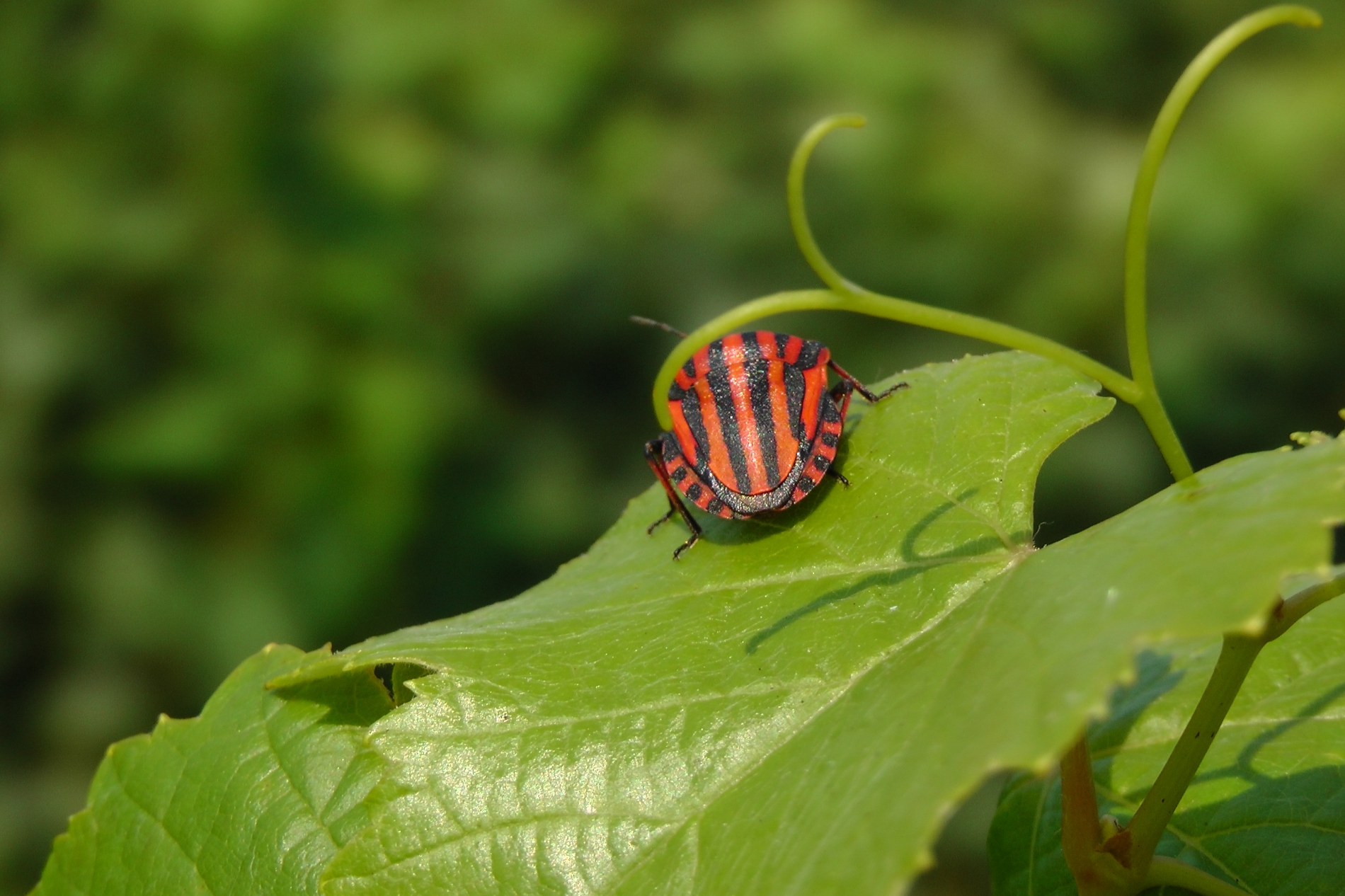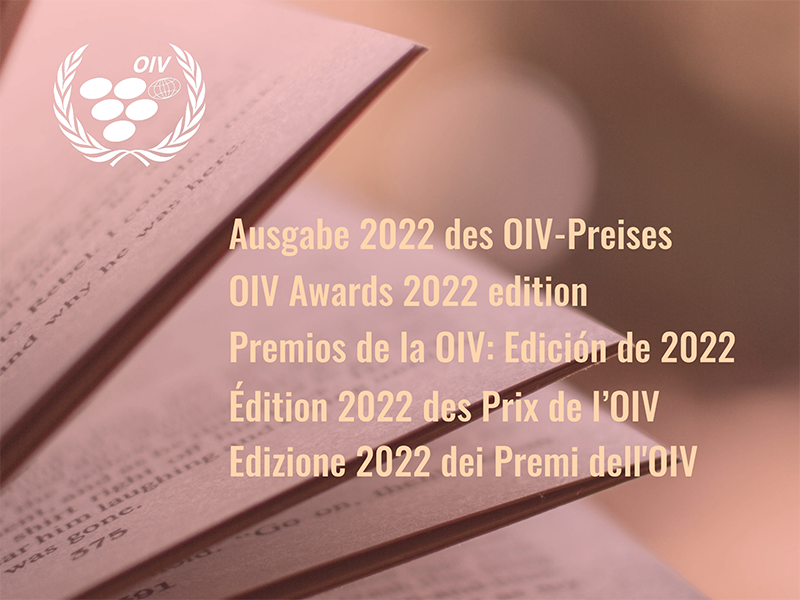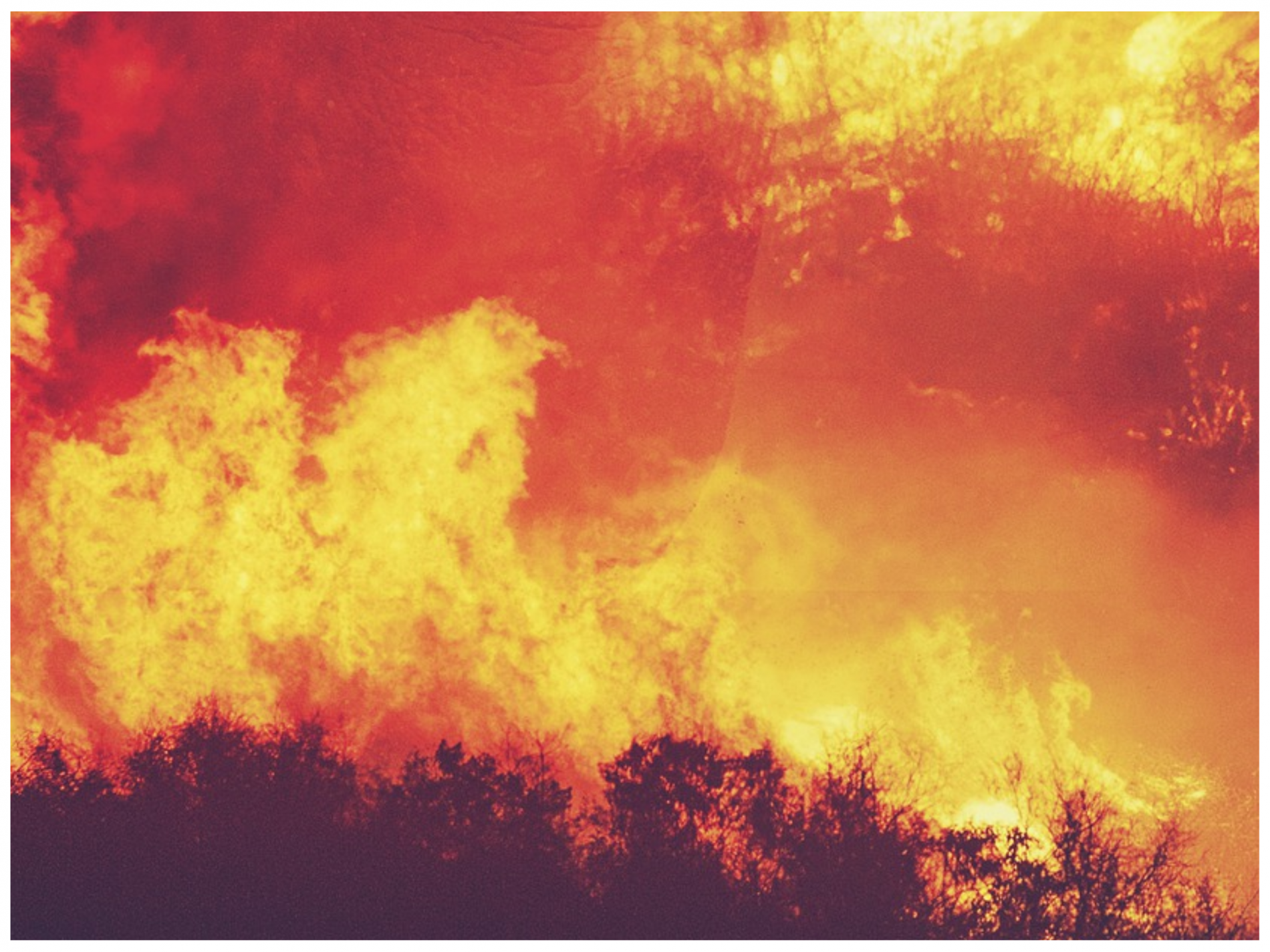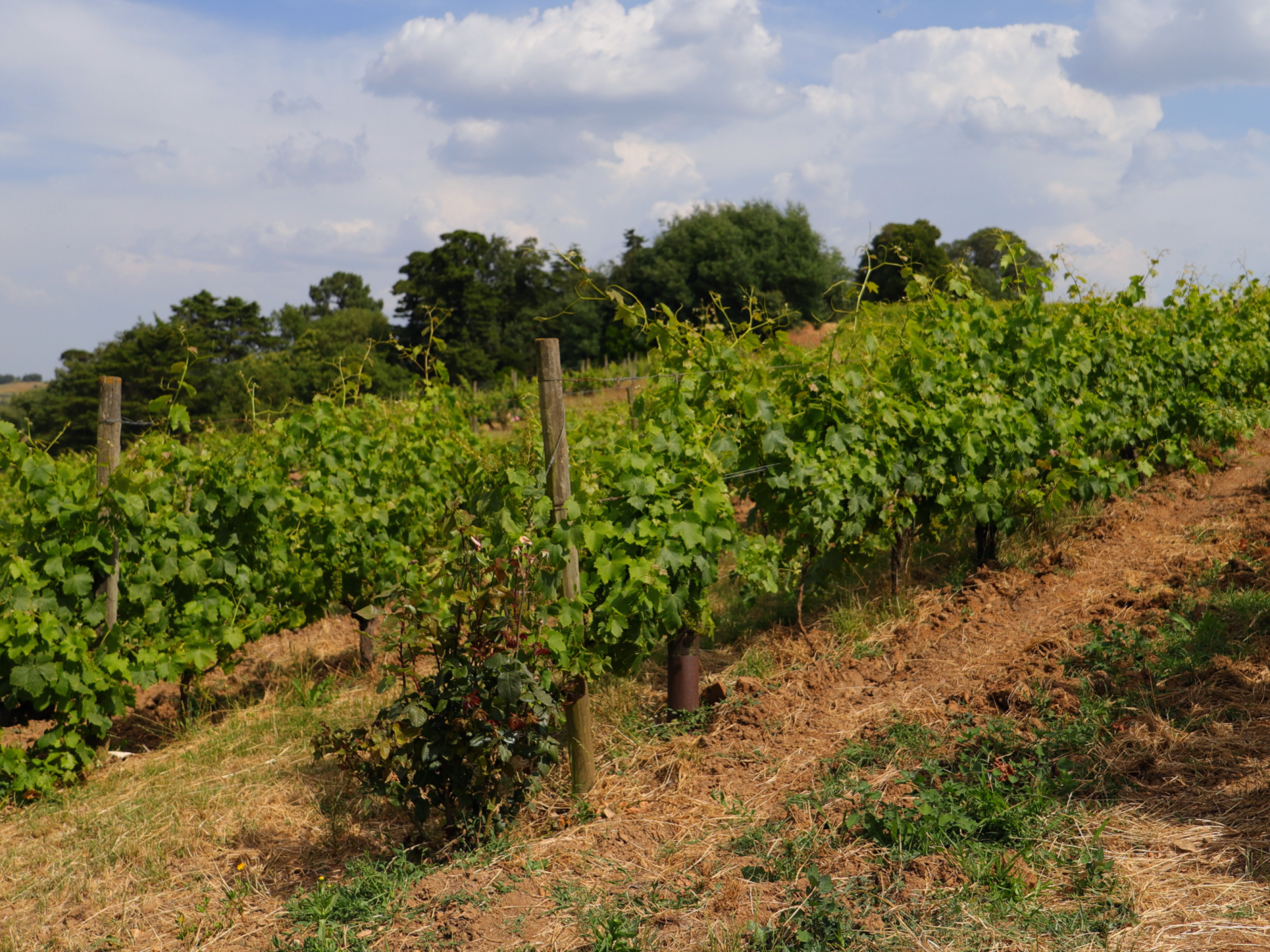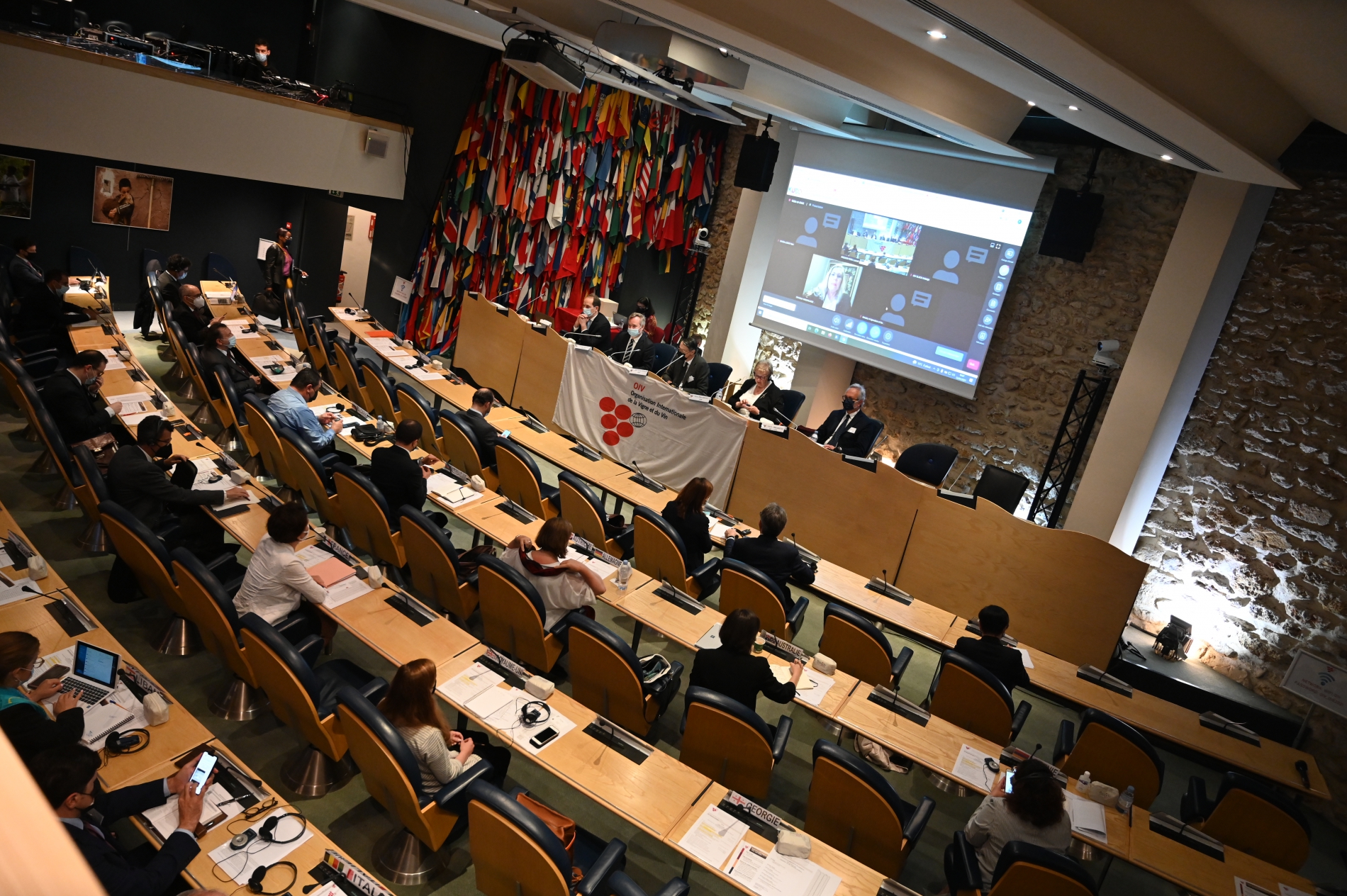27 сен 2021
With the rising interest in the viticultural sector to find environmentally-friendly production methods, the upcoming thematic focus on the World Organic Vineyard, sheds light on the evolution of organic viticulture, which is a rising trend since the end of the 20th century. This development can be explained in large part by societal issues, particularly in relation to consumer health and environmental protection.Read full press release
19 сен 2021
Director General of the OIV, Pau Roca, and the Community of Madrid’s Deputy Minister of the Environment, Spatial Planning and Sustainability, Mariano González Saez, presented 25 participants of 9 different nationalities each with an attendance certificate and an artistic illustration of the endemic variety Rayada Melonera. Rayada Melonera. Endemic variety of the Community of Madrid. Drawing by Anne Pieussergues Dherbicourt.This renewed initiative, launched by the OIV in collaboration with the Madrid Institute of Rural, Agricultural and Food Research and Development (IMIDRA), was created to actively promote ampelography by training new professionals in the sector. Ampelography is a branch of botany related to the study, description and classification of vine species and varietiesThe OIV International Course in Ampelography follows a historical trajectory that began in 1988 in Italy (ISV Conegliano), and continued in 1990 in France (ENSA Montpellier) and in 1992 in Germany (BZWG-IR Geilweilerhof). In 2021, the specialists in this discipline met at La Finca El Encin.In 2021, specialists in the discipline met at the El Encín estate, a centre of reference in Alcalá de Henares in the Community of Madrid where agri-food and agro-environmental research projects are carried out. Under the management of Gregorio Munoz and Felix Cabello, the Agri-Food Department conducts studies on obtaining quality wines and conserving and studying native varieties.On the five-day training programme, high-profile international speakers combined theory – in the ancient on-site chapel renovated for the occasion – with practice – in the richest vine collection in Spain, and one of the largest in the world, with nearly 4000 varieties. El Encín houses one of the most important vineyard collections in the world.In July 2022, the course will take place in Montpellier, France, in cooperation with the IFV (French Wine and Vine Institute), INRAE (France’s National Research Institute for Agriculture, Food and Environment) and Montpellier SupAgro. Thierry Lacombe, a French ampelographer and engineer at INRAE in Montpellier, was present throughout the week for the purposes of facilitating this handover. The course is in line with the ongoing work of the “Viticulture” Commission and the “Genetic Resources and Vine Selection” (GENET) Expert Group. Luigi Bavaresco, President of the GENET Group, participated in the opening and a part of the course by presenting the current and upcoming work. For more details on the work of the “Viticulture” Commission, contact Alejandro Fuentes Espinoza, Head of the Viticulture Unit, at viti@oiv.int and/or Solange Slack, OIV Project Manager, at comunication@oiv.int For more information on the upcoming 2022 course, send an email to oivampelography@oiv.int. You can also read testimonials from the speakers and the participants.
15 сен 2021
The 52nd session of the Codex Committee on Food Additives (CCFA) was held virtually from 1 to 10 September 2021 at the kind invitation of the Chinese government. The OIV Scientific Coordinator Jean-Claude Ruf took part in the meeting, during which several decisions were approved.At the proposal of the Chilean delegation, the Committee examined potentially reopening Codex Alimentarius discussions on additives in wine. These discussions had been suspended in 2017 due to lack of consensus on the reference to the OIV in a footnote about the application of Good Manufacturing Practices (GMP).During this latest meeting, consensus was nonetheless reached to reopen the discussions, considering the importance that resuming this work holds for international trade.Despite the competence of the OIV being recognised by a great number of countries, some members indicated that Codex standards should be developed and applied at the global level, and should not contain references to standards established by other organisations. Other members in favour of the work emphasised that it was important to collect relevant information from members.The OIV expressed a desire to collaborate more closely with the Codex (CCFA) in order to avoid duplication of different international standards for grape wine.As a Codex Alimentarius observer, the OIV noted the concerns expressed by the Codex members and emphasised that it was ready to participate in a contributory way to this work in the spirit of compromise. In conclusion, the CCFA decided that a discussion paper, prepared by Chile in collaboration with the European Union and the United States, should be considered at its next meeting. The Committee also decided to keep the provisions on the list of additives awaiting approval for the grape wine category at their current procedure steps.Furthermore, the Committee called upon the JECFA to re-evaluate the specifications about lead in the monographs on bentonite, diatomaceous earth and active carbon. According to the JECFA’s evaluations, the corresponding monographs in the OIV International Oenological Codex could be revised.
13 сен 2021
On 9 September 2021 in Paris, the International OIV Award Jury, composed of the scientific and technical elite of a number of OIV Member Countries, conferred 16 Awards and 10 Special Mentions. The winners were selected from a list of around 60 competing publications.
2021 Award winners hereAwards, Special Mentions and Recognitions of the Jury of the OIV Awards 2021 The President of the Award Jury, Azélina Jaboulet-Vercherre, and the Scientific Secretary, Richard Pfister, thanked the many readers from around the world who had evaluated the publications with impartiality and professionalism. Almost 40 countries were represented by the authors and very numerous contributors to the works. This 2021 vintage demonstrates the rigorous work of the authors supported by their editorial teams, and also showcases the high standards of photography in the works. In recognition of their important role, 3 photographers have received the Acknowledgement of the Jury: Christophe Deschanel, Gerda Louw et Sophie Dumont. The awards presented by the 2021 Award Jury remain true to the original objectives of the OIV Awards, dating back to 1930: to encourage research in all countries and to promote the international dissemination of knowledge about vine and wine. Submissions for the 2022 Awards are open from 1 September until 28 February 2021.
09 сен 2021
Two months after the General Assembly meeting in which France proposed Dijon as the future headquarters, in response to the OIV's premises needs, an invitation was issued by the capital of the Bourgogne-Franche-Comté region and the Secretary of State to the Ministry of Europe and Foreign Affairs, Jean-Baptiste Lemoyne, for a delegation of Member States to visit the facilities the city offers the Organisation.Exceptional heritage: the Hotel Bouchu d’Esterno, a historic 17th-century building situated in the heart of the cityDijon also offers a number of meeting, seminar and conference rooms for the Organisation's activities. During the course of the day, OIV President Luigi Moio highlighted the importance of the city as a hub of scientific and research, which creates a fertile ecosystem for the International Organisation of Vine and Wine. “The future Cité Internationale de la Gastronomie et du Vin (International City of Gastronomy and Wine of Dijon) is testament to our city’s international commitment,” emphasised Mayor François Rebsamen.A strong, sustained commitment from the host state“Moving the OIV headquarters to the Hotel d’Esterno in Dijon corresponds with France’s positioning in terms of multilateralism,” recalled Secretary of State Jean-Baptiste Lemoyne. The State Secretary also commented on the current tendency of decentralisation of institutions: “Brest is a candidate to host the World Meteorological Organization and Lyon is preparing to host the World Health Organisation Academy.”After this visit, which gave diplomats an opportunity to assess the aspects Dijon offers the OIV, the OIV Member States now have a period to reflect before making a consensus-based decision at the General Assembly meeting set to take place on 25 October 2021 in this very city.
05 сен 2021
The International Organisation of Vine and Wine (OIV) has commended the International Union for Conservation of Nature (IUCN) World Conservation Congress, currently taking place in Marseilles, France, from 3 to 11 September 2021.The IUCN has become an international authority on the status of the natural world and its resources, as well as the measures needed to safeguard it. Alongside the crucial United Nations biodiversity and climate change conferences in Kunming and Glasgow, the IUCN Congress is an important opportunity bringing together key stakeholders, which will enable new objectives and measures to be set for a sustainable, healthy future for people and nature. Biodiversity conservation and its link with the vitivinicultural sector now represent a priority issue for the work and action of the OIV and its 48 Member States, as defined in the Organisation’s 2020-2024 Strategic Plan which aims to promote eco-responsible vitiviniculture and preserve natural resources.The development of biodiversity and genetic diversity in viticulture is of critical importance for the sectorThe OIV has been working for many years to sustainably integrate biodiversity management and conservation within the sector. Two examples of resolutions adopted in this regard are OIV-VITI 333-2010 on the “Definition of viticultural ‘terroir’”, which recognises biodiversity as an essential terroir characteristic, and OIV-CST 518-2016 on the “OIV General Principles of Sustainable Vitiviniculture”, which sets out information relating to biodiversity preservation.More recent scientific work and recently adopted resolutions have given continuity to the importance of biodiversity for the OIV. In 2018, the OIV published an important collective expertise document on functional biodiversity in the vineyard.Finally, in July this year, the OIV General Assembly adopted the “OIV recommendations about valuation and importance of microbial biodiversity in a sustainable vitiviniculture context”. The OIV Member States recognised that microorganisms are potentially early indicators of the influence of external factors on the overall biodiversity of the vineyard. As such, the recommendation made was to promote and encourage the development of policies for quantitative and qualitative valuation of microbial abundance and microbial biodiversity in the vineyard.
30 авг 2021
OIV Awards: information and the registration form of the 2022 Edition are available here.Registrations: September 1, 2021 - February 28, 2022● Paper printed books in the 12 categories.● Interactive digital Tool (Websites, Webformation) in the categories: Viticulture and Sustainable Vitiviniculture, Oenology, Vitivinicultural Economy and Law, History, Literature and Fine Arts, Wine and Health.Magazines, commercial guides and commercial Websites are not accepted.For any question: jurydesprix@oiv.int
12 авг 2021
Scientists warn that humans are changing the climate in some irreversible ways, in the sixth assessment report presented at the last UN’s Intergovernmental Panel on Climate Change (IPCC).Heatwaves have become more frequent and intense since 1950 according to the last UN’s Intergovernmental Panel on Climate Change (IPCC). This report, made by a group of scientists whose findings are endorsed by world governments, have also found that the past five years have been the hottest on record since 1850.Over the last years, we observed how climate change has been a key factor in increasing the risk and extent of wildfires. Vineyards couldn’t escape/ have not escaped from this calamity. Countries such as Australia, the USA, Portugal, Italy or Greece faced or are facing this problem, which is so much reflected in wine in many ways.Wildfires impact environmental sustainability, affecting the terroir and changing the smell and flavour of wine.The high incidence of wildfires is a direct result of the warming of the atmosphere due to man-made greenhouse gas emissions, causing drought and strong winds that spread flames quickly and complicate putting out the fire. High temperatures caused by fire may also destroy and dry out grapes to the point of making them unsuitable to use.Facing climate change through mitigation and adaptation activities is the first point of our Strategic Plan number 1 Axis “Promote environmentally-friendly vitiviniculture”. Consult the OIV Strategic Plan To go deeper in this subject, we also invite you to consult the scientific article, on open access: “Techniques for Mitigating the Effects of Smoke Taint While Maintaining Quality in Wine Production: A Review”.The conclusions of the sixth assessment report of the IPCC can be viewed online using the IPCC WGI Interactive Atlas.Wildfires impact environmental sustainability, affecting the terroir and changing the smell and flavour of wine.
04 авг 2021
During the last General Assembly, the OIV adopted by consensus the Update to the Definitions of Geographical Indication and Appellation of Origin (OIV-ECO 656-2021). The “Law and Consumer Information” (DROCON) Expert Group of the OIV Commission III “Economy and Law” has been working on this resolution for many years, to align the definitions with those that currently appear in the main international agreements on intellectual property*. This resolution is a continuance of the work of the OIV, which adopted the first international definition of Appellation in 1947. In 1992, the OIV adopted the definition of Recognised Geographical Indication (RGI) and updated the definition of Recognised Appellation of Origin (RAO) (OIV-ECO 2/92). Through the adoption of the new 2021 text, the 1992 resolution is now obsolete and thus withdrawn to make way for two new definitions in line with the WIPO and WTO international definitions. The OIV has always played a decisive role in the definition, promotion and protection of the concepts of AO and GI. Between its 1992 and 2021 definitionsIncreased interest in geographical denominations as heritageThese new definitions consider the increasing importance of the use of geographical denominations – an element of national heritage – in the designation of wines and spirit beverages of viticultural origin, as well as the rights of Members to protect such denominations in accordance with international agreements. The OIV also wanted to reiterate that indications of source or AOs are objects of industrial property and have a right to the same international protection, especially regarding unfair competition rules.These new definitions consider the increasing importance of the use of geographical denominations – an element of national heritage – in the designation of wines and spirit beverages of viticultural originThe OIV has always played a decisive role in the definition, promotion and protection of the concepts of AO and GI. Between its 1992 and 2021 definitions – the latter encompassing those of the WTO (1994) and WIPO (2015) – the OIV takes into account changes in the use of indications of origin within a pioneering vitivinicultural sector in this domain of intellectual property.The new definitions
A Geographical Indication is now defined as follows:Any denomination protected by the competent authorities of the country of origin, which identifies a wine or spirit beverage as originating in a specific geographical area, where a given quality, reputation or other characteristic of the wine or spirit beverage is essentially attributable to its geographical origin.
An Appellation of Origin, for Member States that recognise this term, is defined as follows:Any denomination recognised and protected by the competent authorities in the country of origin, consisting of or containing the name of a geographical area, or another denomination known as referring to such area, which serves to designate a wine or spirit beverage as originating in that geographical area, where the quality or characteristics of the wine or spirit beverage are due exclusively or essentially to the geographical environment, including natural and human factors, and which has given the wine or spirit beverage its reputation.*For GI: the 1994 TRIPS Agreement (Article 22); for AO: the 2015 Geneva Act of the Lisbon Agreement (Article 2.1.i&ii). The OIV’s newly updated definitions of GI and AO now incorporate notions of reputation and of protection by the competent authorities in the respective countries.
11 июл 2021
A new 3-year presidencyTwo points of the agenda were highly expected at this General Assembly. Firstly, the election to the OIV presidency, which was entrusted to Luigi Moio. The new President now assumes a 3-year mandate, succeeding Regina Vanderlinde. The Scientific and Technical Committee has also been renewed with new heads of working bodies elected. Read full press release
